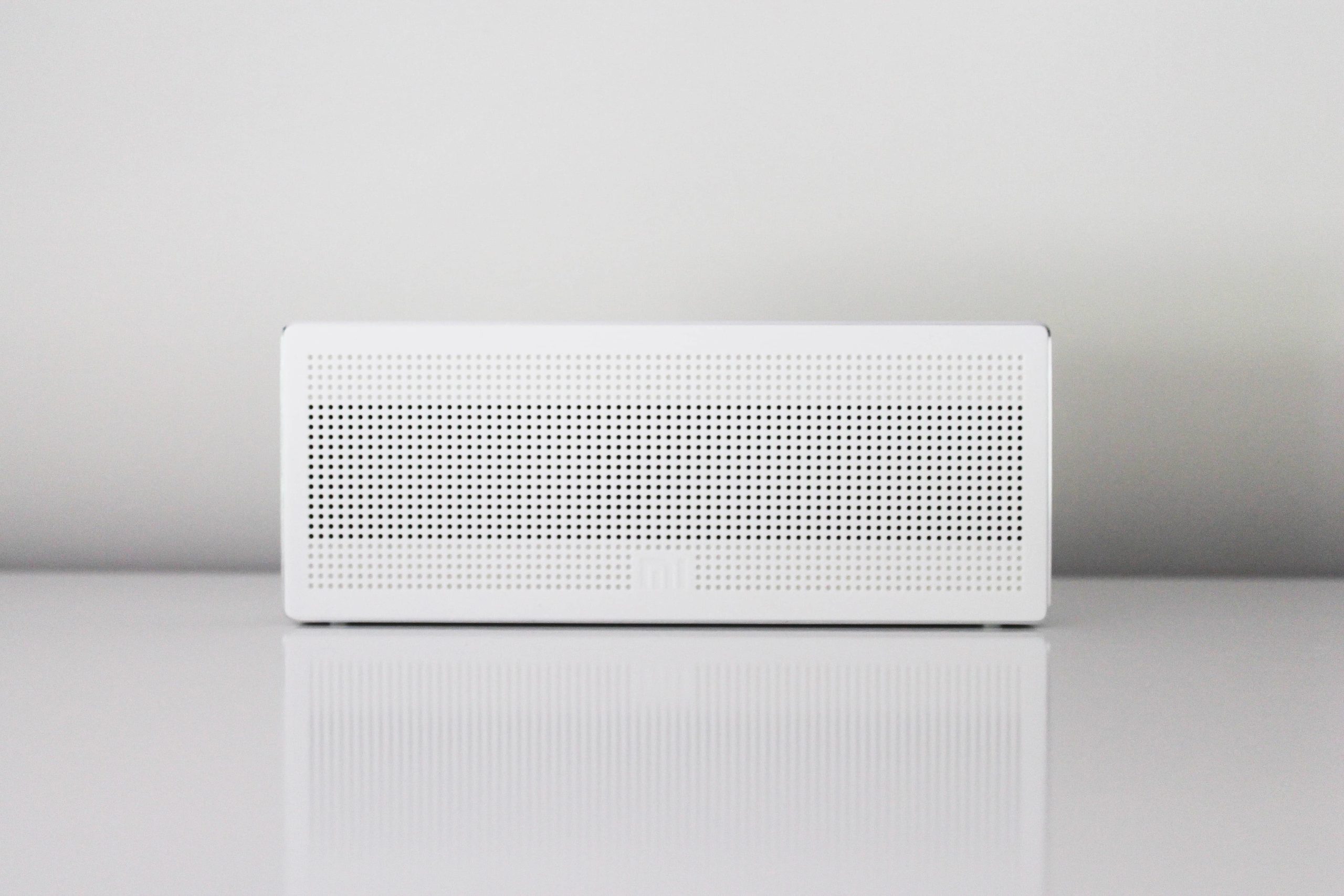The Environmental Protection Agency states that indoor air quality is one of the top five environmental risks to public health. Many people don’t realize this, and they breathe in harmful toxins daily. This is why it’s important to have an energy-efficient air purifier in your home. They can improve your indoor air quality and save you money on your energy bill.
Here is our guide to learn more about energy-efficient air purifiers.
How energy efficient are air purifiers?
The energy efficiency of an air purifier depends on the type of filter it uses. Some filters are more energy-efficient than others.
Different Types of Air Purifiers
Air purifiers are not all the same. There are different types of air purifying systems out there to consider.
- Air-to-Air Exchange Units: air-to-air exchangers do exactly as the name indicates; they exchange air. They eliminate stale air and deliver fresh air. Exchangers are great room air purifiers that ventilate the air and help regulate the indoor temperature. Unfortunately, they aren’t the best are filtering fine particles from the air inside your home.
- Activated Carbon Filter: activated carbon filter air purifiers remove odors from the air and improve the air quality in your home. They also use HEPA filters which is why they’re great at removing odors.
- Electronic Purifiers: electronic air cleaners attach to your HVAC system and efficiently trap toxins in the air. They use positively charged ions and a HEPA filter to trap toxins and debris left behind by your air filter. They are incredibly efficient at delivering clean air. These units should be installed by a professional and need the HEPA filter changed periodically.
- HEPA Purifier: A true HEPA filter can remove over 99% of harmful airborne pollutants. HEPA clean air systems greatly benefit pet owners and allergy sufferers as they are great at removing pollen, dust, and pet dander.
Choose the Right Purifying System for Your Needs
It’s essential to choose an energy-efficient air cleaner that will work best for your family’s needs. There are many factors to consider when selecting the best energy-efficient air purifier for your home, such as:
Size of the Room Where it Will Be Used
You’ll need a different size filter depending on the room size. You may need a larger purifier for large rooms compared to medium-sized rooms or small rooms.
Type of Pollutants You Want to Remove
Different kinds of air pollutants can potentially be in your home. You’ll want to consider whether your room air purifiers will remove airborne particles such as pet dander, pollen, mold, and dust.
Your Budget
You may need to compromise on energy efficiency if you’re looking for a cheap air purifier. If energy efficiency is important to you, then it’s better to invest more money in an energy-efficient model rather than spending less and having a low-quality product.
Cost of Maintenance
Some air purifiers need more maintenance than others. If you’re not willing to spend the time cleaning your air purifier, then you should choose one that is low-maintenance.
Noise Pollution
Some air purifiers are louder than others. If you’re sensitive to noise, then you’ll want to choose a model that is low noise.
Clean air delivery rates
Clean air delivery rates, also known as CADR, are the measurement of how quickly a purifier system delivers filter air. CADR measures the performance of a purifier system.
How to Maintain Your Air Purifier
Ensuring your machine stays clean is essential to keep it running for years and years to come. Some air purifiers will require more maintenance than others, depending on the model. For example, if you have an activated carbon filter, you’ll need to replace it every 3-4 years. In comparison, a true HEPA filter can last up to 10 years before being replaced.
The Benefits of Using an Air Purifier
There are several benefits of using an energy-efficient air purifier in your home. Some of these benefits include:
- Improved indoor air quality
- Reduced energy bills
- Reduction in allergies, asthma symptoms, and asthma attacks
- Protection from harmful toxins
Wattson Home Solutions Offers Free Energy Assessments
When considering an air purifier for your home, make sure to consider what air purifiers are and what they do, how energy-efficient they can be, the different types of air purifiers on the market, criteria to consider when choosing an air purifier, the process of maintaining your system, and the benefits they offer.







